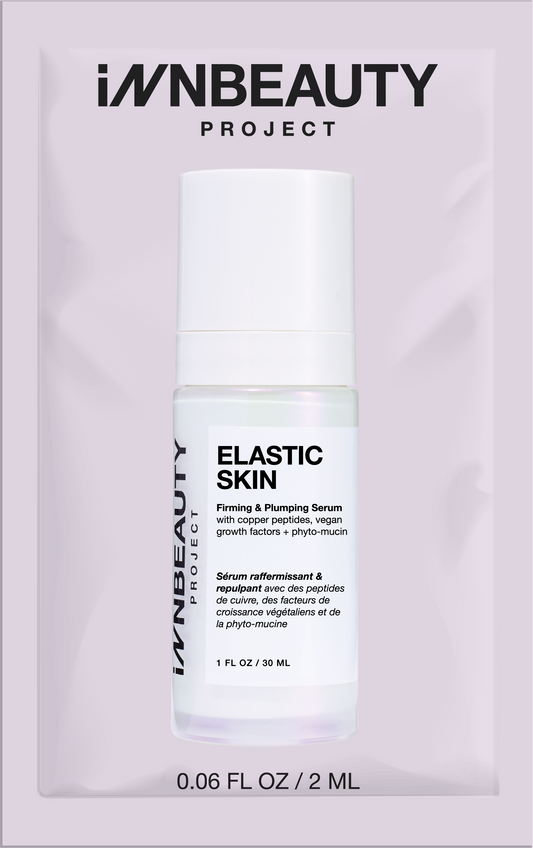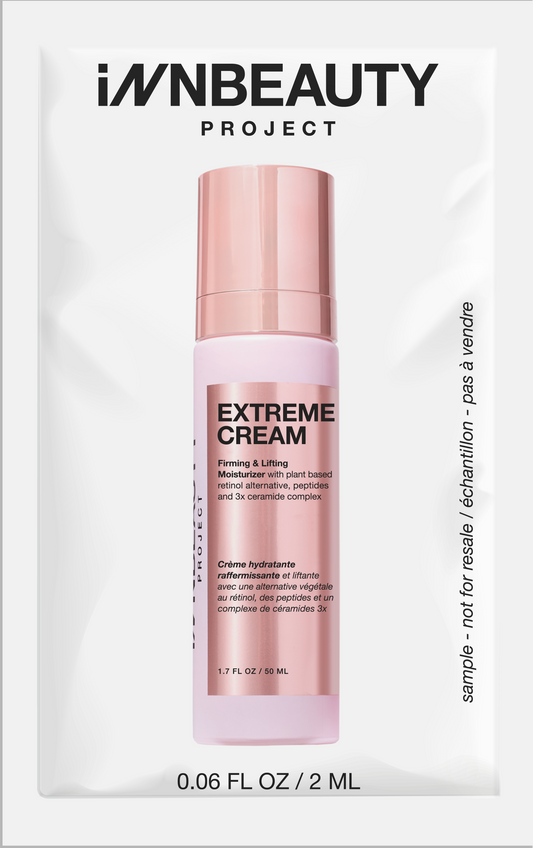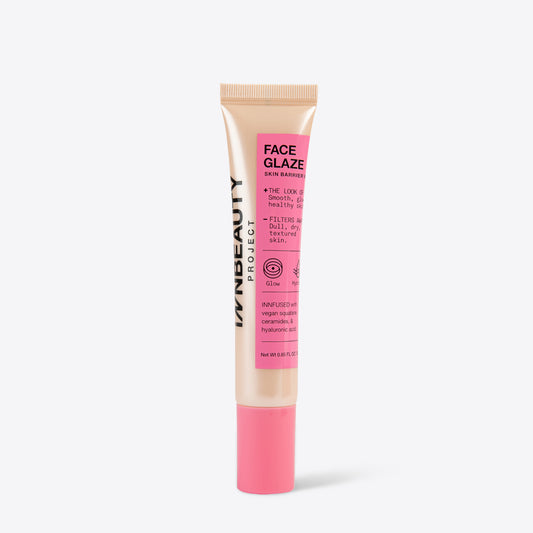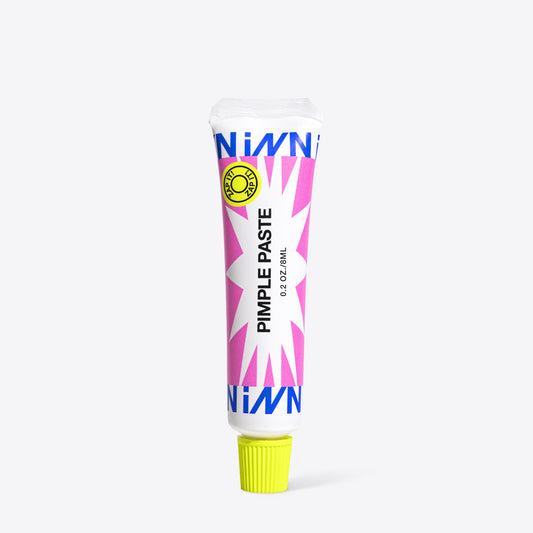By now, most people know that sunscreen should be an unskippable part of your skincare routine. Sunscreen protects your skin from the sun and the damage it can cause, including sun spots, wrinkles, fine lines, hyperpigmentation, and skin cancer.
But with the sheer amount of sunscreens that are on the market, it can be hard to know which one to reach for: matte or dewy, translucent or tinted, and then of course, chemical or mineral. The debate about whether one should opt for a mineral or chemical sunscreen can be confusing, with supporters of each formulation standing firmly behind their pick. But before you decide for yourself and your skincare routine, you should know all of the facts. Here’s everything you need to know about mineral and chemical sunscreens.
What’s the difference between mineral and chemical sunscreens?
The difference between mineral and chemical sunscreen lies in their formulation, ingredients, and how they protect your skin from the sun.
Chemical sunscreens use ingredients like oxybenzone, octisalate, avobenzone, and homosalate to absorb the sun’s UV rays and convert them into heat. Mineral, or physical sunscreens, contain titanium dioxide or zinc oxide to shield your skin, and they work by sitting on top of your skin to scatter and reflect the sun’s rays from your skin.
Some sunscreens are considered to be hybrids, because they contain ingredients found in both chemical and physical sunscreens, but they’re a lot less common on the market.
What are the pros and cons for using mineral sunscreen?
Mineral sunscreen is often best for people with sensitive or acne-prone skin, as well as those with skin conditions like eczema, because zinc oxide and titanium dioxide sit on the surface of the skin, and they’re less likely to irritate it.
However, mineral sunscreen is also more likely to cause a white cast on the skin, and they can be thick and hard to rub in.
“Because physical filters physically block the sun from hitting the skin, they are white and pasty by nature. This makes mineral sunscreens very hard to formulate for a wide range of skin tones because they can leave a white cast, while chemical sunscreens can be made clear, making them easier to formulate with,” says INNBEAUTY Project Co-Founder and Head of Formulation Jen Shane
The good news is that there are some mineral SPFs that are formulated to avoid those problems. Mineral Sun Glow SPF 43 PA+++ is a mineral SPF that is non-comedogenic and it has a silky, hydrating texture that easily blends into the skin. Safe for acne prone and sensitive skin, it offers four levels of protection against UVA, UVB, blue light and antioxidants, and it comes in two flexible, sheer shades. We formulated Mineral Sun Glow to truly be an SPF that you’ll want to wear every day.
“When we set out to create Mineral Sun Glow I wanted to change the way people viewed mineral SPF formulas. I wanted to make a formula that didn't feel greasy or heavy and did not take a very long time to rub in. It took us three years, but we were able to suspend the non-nano zinc oxide in a skin friendly phospholipid base making it much more easy to spread and lightweight on the skin. Mineral Sun Glow is truly a breakthrough,” says Shane.
What are the pros and cons of chemical sunscreen?
Chemical sunscreen tends to sink into the skin quickly. Unfortunately, some ingredients in chemical sunscreens are believed to pass into the bloodstream, and while the FDA has stated that absorption does not equal risk, it’s still currently unknown how that can impact our bodies, especially when it comes to hormones and the endocrine system.
There are also environmental concerns with chemical sunscreens, as some of the ingredients used in them, namely oxybenzone and octinoxate, can harm aquatic life, specifically coral reefs.
So, is mineral or chemical sunscreen better?
Neither mineral or chemical sunscreen is better than the other, and your pick will ultimately depend on your needs and personal tastes.
As Shane succinctly puts it, “At the end of day — chemical or physical — the best SPF is the one you will actually wear consistently. Personally, I prefer mineral SPFs because they can be better for sensitive skin.”
As you try different sunscreens to decide on the best one for you, the American Academy of Dermatology recommends that you make sure that whatever you choose has these three benefits:
- Broad-spectrum protection (protects against UVA and UVB rays)
- SPF 30 or higher
You also should be sure to apply sunscreen to areas like your scalp, feet, neck, hands, ears, and lips, using a lip balm that contains SPF like our high-performance Sun Balm SPF 30, which comes in three gorgeous shades and provides UVA and UVB protection in a deeply nourishing and hydrating balm. Sunscreen should be applied at least 15 minutes before you go outside, and you should reapply it about every two hours, or immediately after swimming or sweating.
Along with your sunscreen, practice safe sun actions such as pairing your SPF with a hat, staying out of the sun between the hours of 10 a.m. to 2 p.m., and head inside if you notice any sunburn on your skin.
The wrap up
The main two types of sunscreen come in chemical and mineral formulations. Chemical sunscreens use certain ingredients to absorb UVA and UVB radiation, while mineral, or physical, sunscreens physically reflect the sun’s rays. There are pros and cons to each, as chemical sunscreens can sink into the skin & blend more easily, but they also come with certain health concerns about their ingredients. Mineral sunscreens can be thick and cause a white cast on the face, but they are a better option for sensitive and acne-prone skin.











